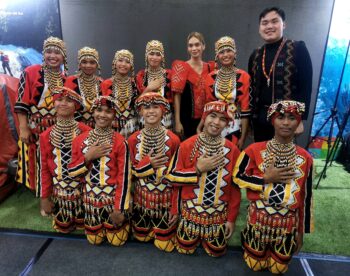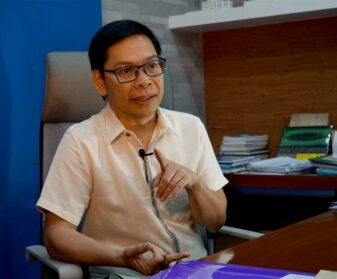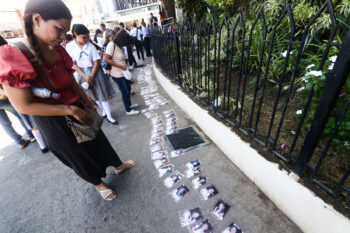GENERAL SANTOS CITY (MindNews/04 August) — Is Mindanao ready for the ASEAN business integration in 2015?
Ricardo Juliano, MinBizCon 2013 conference chair told MindaNews the business sector will present on August 8 at the opening of the 22nd Mindanao Business Conference (MinBizCon) an eight-point Mindanao business policy agenda for President Benigno Simeon Aquino III and his Cabinet secretaries to attend to, in preparation for the ASEAN Economic Community by 2015.
The 22nd Mindanao Business Conference (MinBizCon) will be held on August 8 to 10 at the SMX Convention Center in SM Lanang Premier, with the President delivering the keynote address on August 8. Fourteen Cabinet secretaries are expected to discuss issues with Mindanao’s business executives.
The eight-point agenda is based on the five regional consultations the MinBizCon 2013 organizers conducted a few months ago, John Gaisano, conference director of the host city of Davao, told MindaNews on July 29.
The issues raised in the business agenda are Agriculture, Power, Tourism, Transport and logistics, Skills development, Small and Medium Enterprises, Information and Communications Technology, and Mining.
Juliano, also PCCI vice president for Mindanao, said the conference will help Mindanao prepare for a bigger market and opportunities that will arise as a result of the integration of ASEAN economies.
According to the ASEAN website, the ASEAN Economic Community (AEC) that will integrate the economies of the 10-member states will “transform ASEAN into a region with free movement of goods, services, investment, skilled labor, and freer flow of capital.”
The member-countries of the Association of Southeast Asian Nations (ASEAN) are Brunei Darussalam, Cambodia, Indonesia, Lao People’s Democratic Republic, Malaysia, Myanmar, Philippines, Singapore, Thailand and Viet Nam.
Juliano explained that “in simple terms, the ASEAN will become one big single market and production base.”
The integration also seeks to make the ASEAN “a highly competitive economic region, a region of equitable economic development and a region fully integrated into the global economy.”
The AEC areas of cooperation include human resources development and capacity building; recognition of professional qualifications; closer consultation on macroeconomic and financial policies; trade financing measures; enhanced infrastructure and communications connectivity; development of electronic transactions through e-ASEAN; integrating industries across the region to promote regional sourcing; and enhancing private sector involvement for the building of the AEC.
“The ASEAN economic integration is an opportunity to be a lot better and for Mindanao particularly, it is an opportunity to shine,” Juliano said.
He recalled that in olden times, Mindanao “was the front door of the country” in terms of trading because of the island’s proximity with neighboring Muslim-dominated countries, particularly citing the Royal Sultanates in mainland Mindanao back then as effective political and economic power houses.
The Philippines is a member of the nearly two-decade BIMP-EAGA (East ASEAN Growth Area) comprising Brunei, East Indonesia, East Malaysia and the Philippines’ Mindanao and Palawan.
For the looming integration of ASEAN economies, Juliano said Mindanao has competitive edge due to its still vast fertile lands, tourism spots and geographically closer locations to some countries in the ASEAN region like the predominantly Muslim Indonesia, Malaysia and Brunei.
It is also a good opportunity for Mindanao’s food manufacturing sector to capture a bigger market by focusing on halal production, he said.
He noted that with an ASEAN population of 600 million, half of that Muslims, “our manufacturers should consider the halal industry, which also includes non-food products, as a considerable moneymaking mill.”
Both Juliano and Gaisano cited the need for a lot of hard work for Mindanao to fully take advantage of the vast opportunities that the ASEAN economic integration offers, such as better farm-to-market roads, stabilizing the island’s power situation, easier access to financing for micro, small and medium enterprises, skills improvement of workers, and improving other infrastructure necessary to attract investments to the island. (Bong S. Sarmiento/MindaNews)







